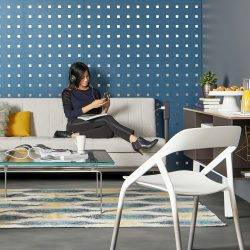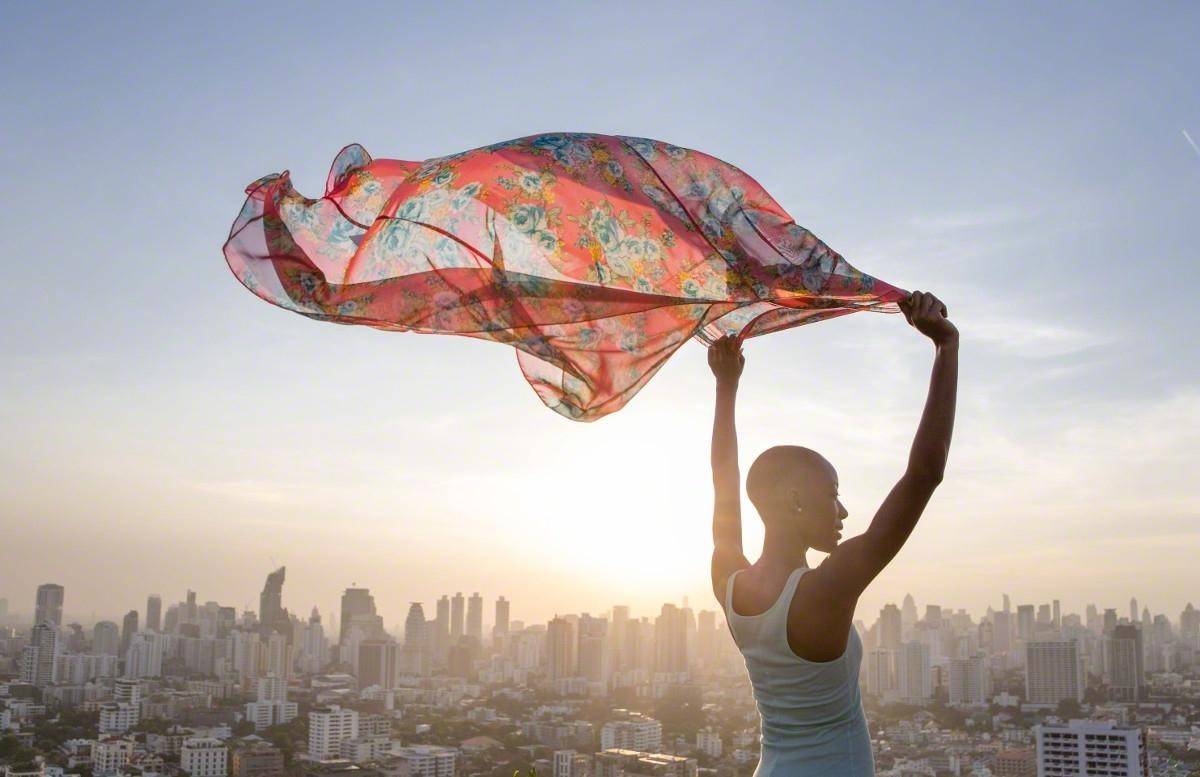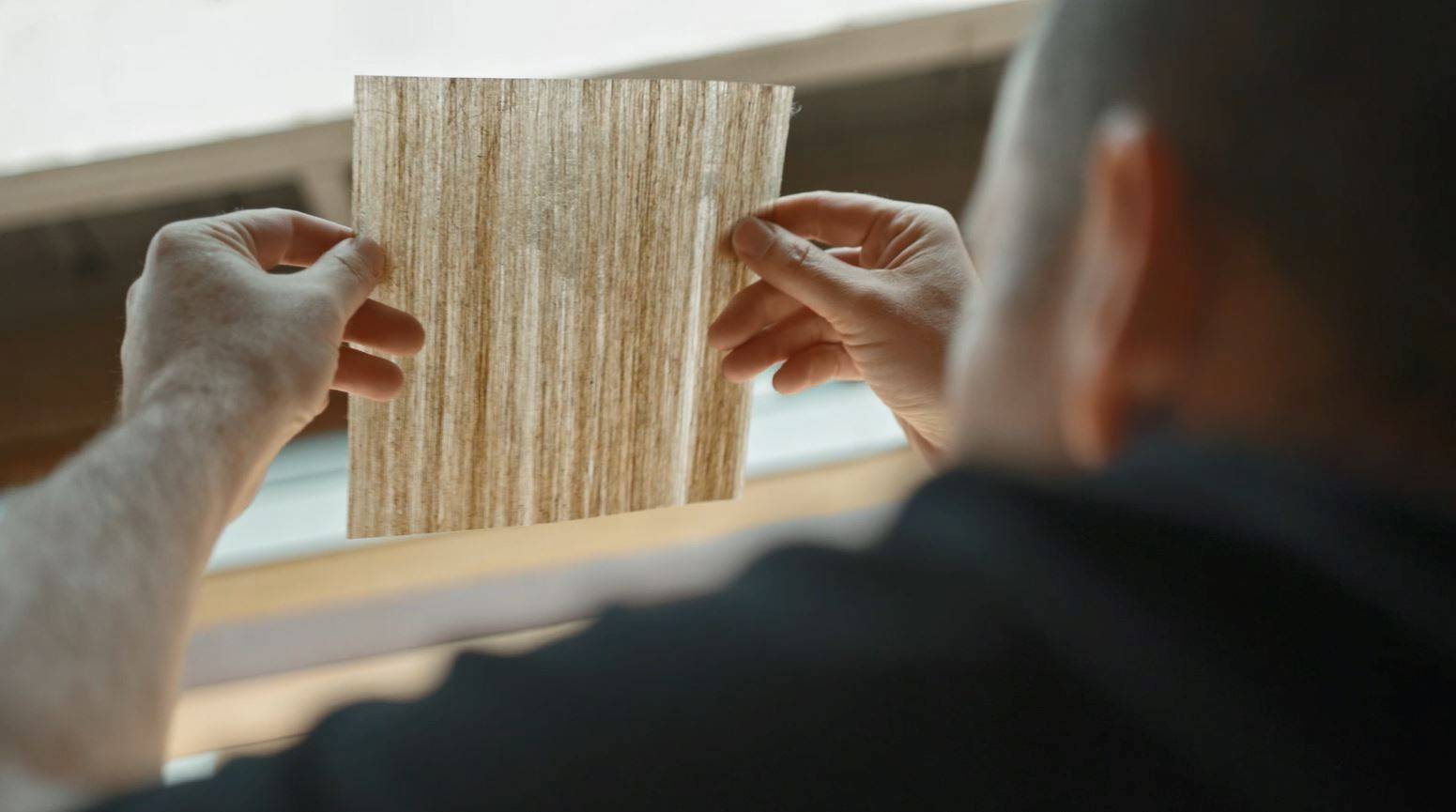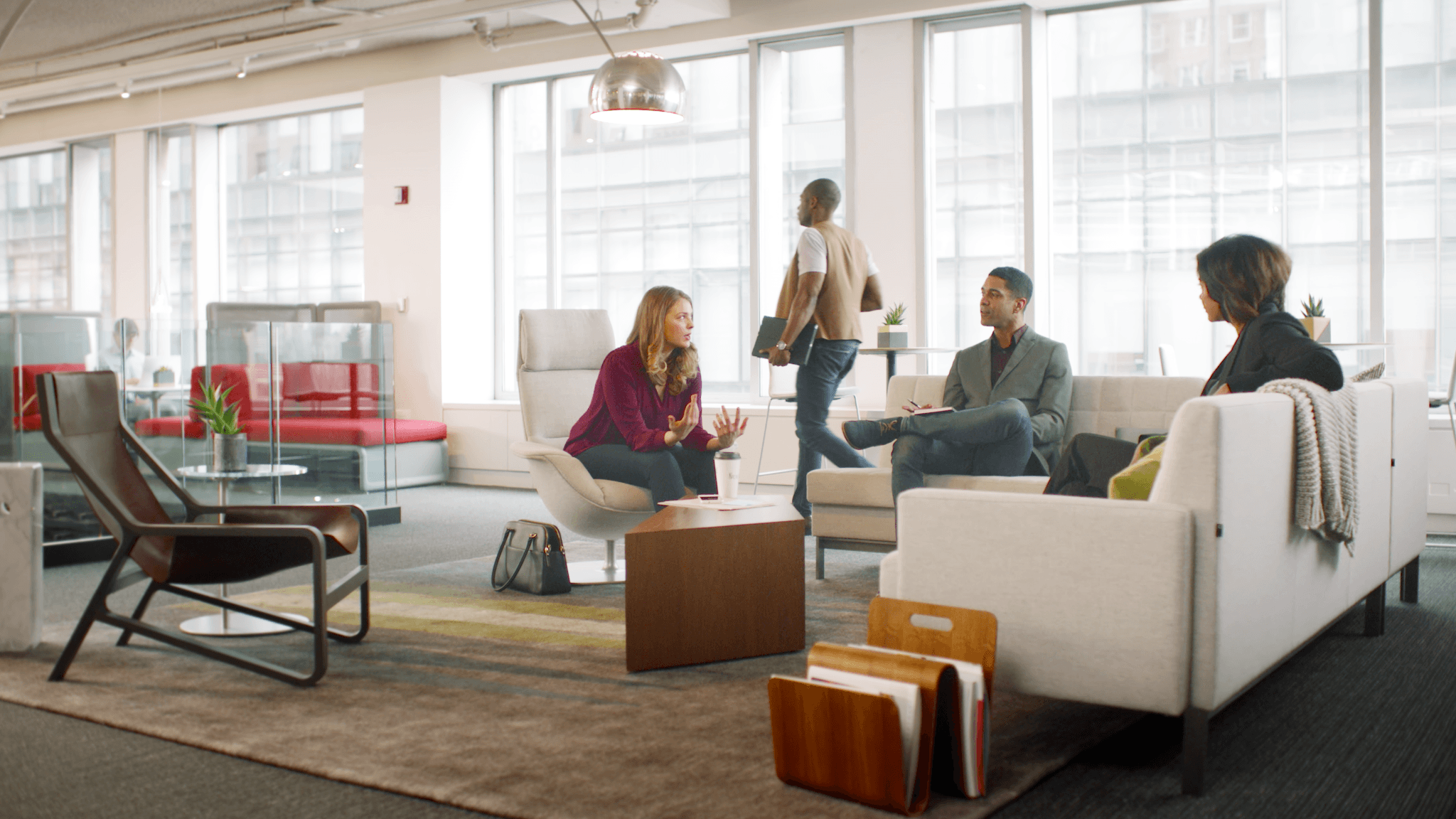 In some way, humans have touched every single thing on this planet. We’re stepping into unknown territory. We’re changing everything. Think about that. Now, think about digital transformation. New technologies are changing how we interact with our environment, how we work, how we play and how we live. Tech tools are being more readily adopted as they get better and more accessible and, as a result our attitudes about them are changing. These are big ideas. And, they are rapidly changing our work and the domain of workplace design around the world.
In some way, humans have touched every single thing on this planet. We’re stepping into unknown territory. We’re changing everything. Think about that. Now, think about digital transformation. New technologies are changing how we interact with our environment, how we work, how we play and how we live. Tech tools are being more readily adopted as they get better and more accessible and, as a result our attitudes about them are changing. These are big ideas. And, they are rapidly changing our work and the domain of workplace design around the world.
As we look ahead to 2019, we are both working with teams in the US, Europe and Asia to understand how global shifts are influencing workplace design. At the start of 2018, we shared design influences we anticipated for the new year. These influences have continued to evolve and we’ve reached a tipping point in a few areas that will become even more evident in 2019.
Relearning empathy
 Access to limitless information in a chaotic and changing world has only helped us further filter our perspectives. We can easily mute and unfollow voices and opinions that don’t match our own. The result is more polarization. At the same time, communities are rewriting and reinterpreting their past, present and future and regaining a sense of control and empowerment. As our identities diversify and a lack of trust builds, emotional intelligence (EQ) becomes highly valued as the boundaries between cultures merge.
Access to limitless information in a chaotic and changing world has only helped us further filter our perspectives. We can easily mute and unfollow voices and opinions that don’t match our own. The result is more polarization. At the same time, communities are rewriting and reinterpreting their past, present and future and regaining a sense of control and empowerment. As our identities diversify and a lack of trust builds, emotional intelligence (EQ) becomes highly valued as the boundaries between cultures merge.
design impact | This is where surrealism is brought in. We’re seeing designs in a traditional context with futuristic forms. We’re not letting go of the past, we’re reinterpreting it. We’re seeing designers explicitly show human intention and a rejection of an outright algorithm.
Designers will embrace differences and focus on the details that help parts come together. This manifests in modular configurations and deliberate mismatching. It’s not about a holistic look. It’s about making a statement, mashing up material choices and the fragmentation of pattern and texture combinations to celebrate the human hand in design.
Examples:
- Nike transformed a church into a basketball court
- Arthur Hoffner, an artist and designer in Paris highlights the parts holding things together
- ‘True Me’ exhibition in China explores the many views of self
Engineered naturals
 The boundaries between what is natural and what is synthetic have begun to blur. We see this throughout our ecosystem. Jungle animals have evolved to become nocturnal in order to avoid human contact. The use and acceptance of GMO crops is becoming the new normal as the planet strives to feed 7.8 billion people (projected by 2020). We are biohacking our health — editing genomes to seek a cure for cancer and fight genetic disorders. And, we’re developing synthetic senses — creating prosthetics that feel pain and pressure because pain is a survival trait.
The boundaries between what is natural and what is synthetic have begun to blur. We see this throughout our ecosystem. Jungle animals have evolved to become nocturnal in order to avoid human contact. The use and acceptance of GMO crops is becoming the new normal as the planet strives to feed 7.8 billion people (projected by 2020). We are biohacking our health — editing genomes to seek a cure for cancer and fight genetic disorders. And, we’re developing synthetic senses — creating prosthetics that feel pain and pressure because pain is a survival trait.
When we recognize that every territory on our planet has been affected by human intervention, we have to ask: What does authenticity mean? Authenticity is changing. It’s become about self-expression.
design impact | As an aesthetic, we are seeing a tension between the natural and the manmade. It’s a type of eco-brutalism, robust forms with raw and precise features. There’s a willingness to replicate raw materials such as wood or stone if the end result is a more satisfying human experience. The palette is one of reactive materiality — showing the juxtaposition of the natural and manmade (digitally printed leather or dyed veneer, for example) with patterns that reinterpret nature by blending the natural and artificial.
Examples
Technological reliance
We’ve reached an era of peak screen time. The average American spends close to 11 hours a day staring at some type of screen. We have a relationship with what we’re consuming. Right now, screen time limits our impact with the physical environment, but that’s changing. Help is coming from our technology. We’re being made increasingly aware of how we spend our time. Apple’s newest iOS helps us track how much we use our phones and to what end.
 Our relationship and reliance on technology is changing as it improves at a rapid pace. Since 2016, computer speech recognition has dropped its error rate from 8.5% to 4.9%. It’s now three times faster than a human typing. Since 2010, image recognition error rates went from 30% to about 4% (HBR). Our behaviors, attitudes and adoption is changing as technology advances and we merge the digital and physical.
Our relationship and reliance on technology is changing as it improves at a rapid pace. Since 2016, computer speech recognition has dropped its error rate from 8.5% to 4.9%. It’s now three times faster than a human typing. Since 2010, image recognition error rates went from 30% to about 4% (HBR). Our behaviors, attitudes and adoption is changing as technology advances and we merge the digital and physical.
design impact | Digital content is taking on a more visceral and tangible part of our physical world. Our spaces will become less about passively consuming what’s on our screens and more about how we interact with technology. We’re already seeing adoption accelerate and impact the design of our spaces.
This acceleration will become evident in the merging of the physical environment and sensorial experiences powered by technology. Augmented reality and virtual reality will provide hidden layers to our spaces. Objects surrounding us will be digital, yet artisanal. The palette and patterns will promote a surreal layering of materials using filters, overlays, texture and color transitions. Synthetic compositions include everything from subtle sounds to pillowed upholstery to sensorial surfaces.
Examples
In 2019, our relationship with technology is fundamentally changing how we feel, how we work and where we get our work done. Understanding where these changes come from helps us stay ahead of the implications for workplace design and allows us to support people with what they need before they know they need it.
________________________________________________
Cherie Johnson is Steelcase global design director, and Julie Yonehara is Steelcase senior industrial designer














January 9, 2019
Digital transformation and an uncharted future for workplace design in 2019
by Cherie Johnson and Julie Yonehara • Comment, Technology, Workplace design
As we look ahead to 2019, we are both working with teams in the US, Europe and Asia to understand how global shifts are influencing workplace design. At the start of 2018, we shared design influences we anticipated for the new year. These influences have continued to evolve and we’ve reached a tipping point in a few areas that will become even more evident in 2019.
Relearning empathy
design impact | This is where surrealism is brought in. We’re seeing designs in a traditional context with futuristic forms. We’re not letting go of the past, we’re reinterpreting it. We’re seeing designers explicitly show human intention and a rejection of an outright algorithm.
Designers will embrace differences and focus on the details that help parts come together. This manifests in modular configurations and deliberate mismatching. It’s not about a holistic look. It’s about making a statement, mashing up material choices and the fragmentation of pattern and texture combinations to celebrate the human hand in design.
Examples:
Engineered naturals
When we recognize that every territory on our planet has been affected by human intervention, we have to ask: What does authenticity mean? Authenticity is changing. It’s become about self-expression.
design impact | As an aesthetic, we are seeing a tension between the natural and the manmade. It’s a type of eco-brutalism, robust forms with raw and precise features. There’s a willingness to replicate raw materials such as wood or stone if the end result is a more satisfying human experience. The palette is one of reactive materiality — showing the juxtaposition of the natural and manmade (digitally printed leather or dyed veneer, for example) with patterns that reinterpret nature by blending the natural and artificial.
Examples
Technological reliance
We’ve reached an era of peak screen time. The average American spends close to 11 hours a day staring at some type of screen. We have a relationship with what we’re consuming. Right now, screen time limits our impact with the physical environment, but that’s changing. Help is coming from our technology. We’re being made increasingly aware of how we spend our time. Apple’s newest iOS helps us track how much we use our phones and to what end.
design impact | Digital content is taking on a more visceral and tangible part of our physical world. Our spaces will become less about passively consuming what’s on our screens and more about how we interact with technology. We’re already seeing adoption accelerate and impact the design of our spaces.
This acceleration will become evident in the merging of the physical environment and sensorial experiences powered by technology. Augmented reality and virtual reality will provide hidden layers to our spaces. Objects surrounding us will be digital, yet artisanal. The palette and patterns will promote a surreal layering of materials using filters, overlays, texture and color transitions. Synthetic compositions include everything from subtle sounds to pillowed upholstery to sensorial surfaces.
Examples
In 2019, our relationship with technology is fundamentally changing how we feel, how we work and where we get our work done. Understanding where these changes come from helps us stay ahead of the implications for workplace design and allows us to support people with what they need before they know they need it.
________________________________________________
Cherie Johnson is Steelcase global design director, and Julie Yonehara is Steelcase senior industrial designer